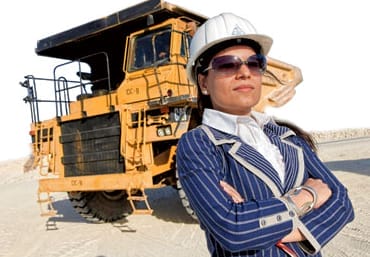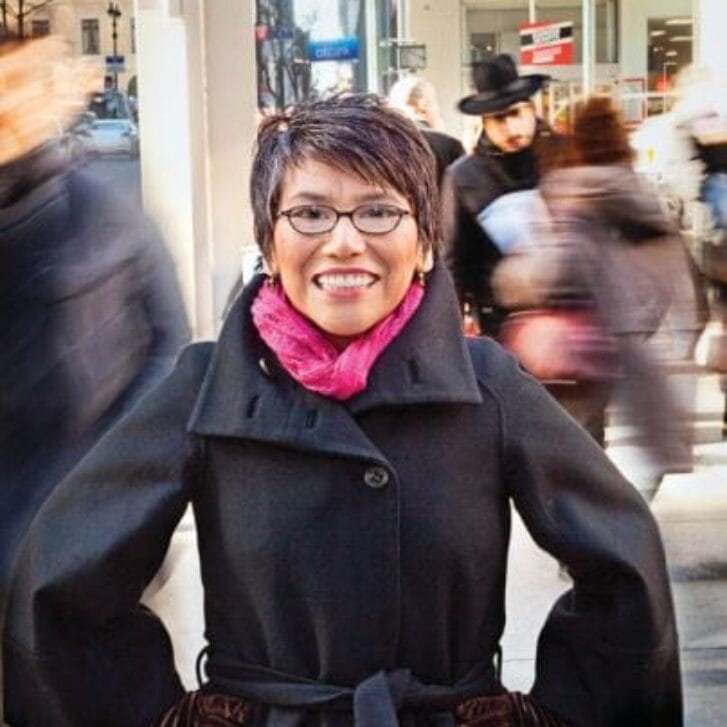Over 11 million square feet of stone. The world’s eighth-largest passenger air terminal. An 800-person team with members hailing from Europe, Asia and the Middle East. An unforgiving 14-month deadline.
And one person overseeing it all: Kanika Dewan, W’98.
Last July, India unveiled its new multi-billion-dollar terminal at the Indira Gandhi International Airport in New Delhi–the largest public building constructed in India since the nation achieved independence in 1947. Completed in a record 34 months, Terminal 3 (T3) opened just in time for Delhi to host the XIX Commonwealth Games, which brought over 6,000 athletes and many more spectators to India. Dewan, the 33-year-old President of the Bahrain-based mining and stone firm Bramco Group, played a key role in the project, overseeing all of the stonework design and installation for T3’s flooring, lifts and lobby areas.
She said she understood quite clearly the importance of the T3–not only for her company, but her nation as well.
“As the Commonwealth Games were coming, I wanted to demonstrate that India was no longer a developing country, but an evolved one,” she says. “And that you can achieve standards associated with the developed world in the developing world.”
Clearly, the T3 project was a huge one, and it presented some massive challenges. Given her past successes, not to mention her entrepreneurial drive, it’s hardly a surprise that Dewan pulled it off.
Dewan began her career in project finance at Citigroup, but quickly learned that she was, at heart, an entrepreneur. As a result, she utilized the skills she gained at Wharton, where she served as president of Wharton Women, to launch her own business–Natural Stone Depot. Within a few years, she had expanded her interest in stone design to become the president and founder of KA Design Atelier and president of her family’s business, Bramco.
Guiding her success at the T3, she says, was a team-focused philosophy that she can trace to her upbringing in Bahrain, as well as her schooling in the United Kingdom and here in America.
“The various cultural groups [working on the project] flocked together and wouldn’t integrate with other groups,” she says. “We had to divide them up and place them on different floors [of the terminal] to get them to integrate. It was like freshman year; you couldn’t choose your roommate, you were eating different foods, everyone was all thrown together. We also implemented this in our corporate residential environment, as we provided housing for our largely international staff. And it worked.”
Another similarity to her days as an undergrad? The long days–and nights. “I worked 20 hour days nonstop,” Dewan says. “It was like Wharton, where we’d stay up all night to work on our case studies.”
With a time-bound project, she says, “we frequently had to think beyond the box and determine how we would achieve what we needed to despite the days we lost,” without sacrificing quality.
Despite the on-the-ground challenges, Dewan remained inspired by a grander vision for this project, which she saw as an opportunity to announce India’s arrival as a global power. With a capacity to handle 34 million passengers per year, the potential audience for T3’s message was tremendous. She believes visitors–and the people of India–will hear that message loud and clear.
“You can communicate a story to people through a building,” she says, “and you can improve the standards to which they aspire.”


























